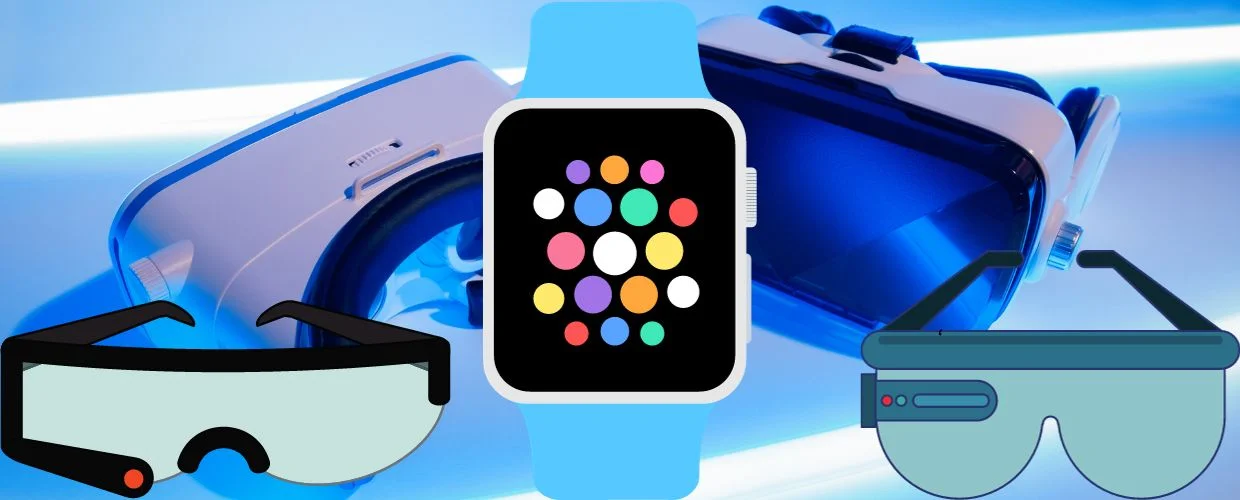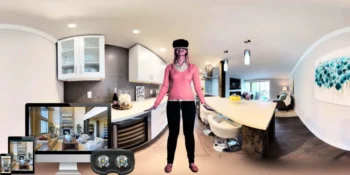In the modern digital age, where connectivity and convenience are paramount, wearable technology has emerged as a powerful and transformative force. From smartwatches to fitness trackers, wearable devices have seamlessly integrated technology into our daily lives, shaping how we interact with the world around us. In this article, we delve into wearable technology, its multifaceted impact on various aspects of life, and the imperative for its continued innovation.
The Essence of Wearable Technology
Wearable technology refers to electronic devices worn on the body, often as accessories or clothing. These devices have sensors, processors, and communication capabilities that enable them to collect data, provide real-time information, and perform various tasks. It isn’t just about convenience; it’s about enhancing our capabilities and experiences in ways that were once the realm of science fiction.
Consider the smartwatch—a wearable device that has become a symbol of the digital era. Beyond telling time, a smartwatch connects to our smartphones, monitors our health metrics, and notifies us of important messages and events. With built-in GPS and fitness tracking capabilities, it has transformed from a mere accessory to a powerful tool that enhances productivity and well-being.
Multidimensional Impact of Wearable Technology
Wearable technology isn’t confined to personal gadgets—it’s influencing a broad spectrum of industries and sectors. From healthcare to sports to fashion, wearable devices are revolutionizing how we approach and engage with different aspects of our lives.
Consider the healthcare sector, which is shaping the future of patient monitoring. Wearable sensors can continuously track vital signs, detect anomalies, and alert medical professionals to potential health issues. This constant data stream empowers individuals to take a proactive role in their health and allows doctors to make informed decisions based on real-time insights.
Designing for Humans
The design philosophy behind wearable technology revolves around seamlessly integrating technology into the fabric of our lives. It requires careful consideration of form, function, and user experience. Wearable devices must be comfortable to wear, unobtrusive in appearance, and capable of delivering relevant information without overwhelming the user.
Consider a pair of smart glasses—a wearable device that overlays digital information onto the user’s field of view. The challenge lies in creating a design that balances aesthetics with functionality. The glasses must clearly display information while resembling a conventional pair of eyeglasses. Achieving this harmony between technology and design is the cornerstone of success.
Challenges and Triumphs
While wearable technology promises many benefits, its evolution is not without challenges. One key hurdle is the need for efficient power management. Wearable devices operate on limited battery capacity, and ensuring meaningful functionality without frequent recharging is a significant engineering feat.
Moreover, it must also address privacy and data security concerns. As these devices collect personal and health-related information, there is a responsibility to safeguard this data and provide users with control over how it is used. Striking a balance between usability and privacy is an ongoing challenge that demands thoughtful design and regulatory compliance.
A Vision for Tomorrow
As we enter the future, the vision is clear—wearable technology is poised to enable a more connected, informed, and efficient world. Its role in advancing healthcare, augmenting productivity, and enhancing personal experiences positions it as a driving force in the digital evolution.
Imagine a future where wearable devices provide real-time translations, enabling seamless communication across language barriers. Envision a world where it assists individuals with disabilities, enhancing their quality of life and enabling greater independence. These possibilities become attainable when wearable technology is harnessed to its fullest potential.
Conclusion
Wearable technology is more than just gadgets—it’s a bridge that connects us to technology in a way that enhances our lives without overwhelming our senses. By seamlessly integrating technology into our attire, accessories, and bodies, wearable devices blur the lines between the digital and physical worlds, creating a harmonious and empowered existence.
In a world where technology is an integral part of our lives, the importance of wearable technology cannot be overstated. Through collaboration, innovation, and a dedication to user-centered design, we can continue to push the boundaries of wearable technology, unlocking new realms of possibility and reshaping our relationship with the digital landscape. As we move forward, let us embrace the promise of wearable technology as a tool for empowerment and enrichment.










